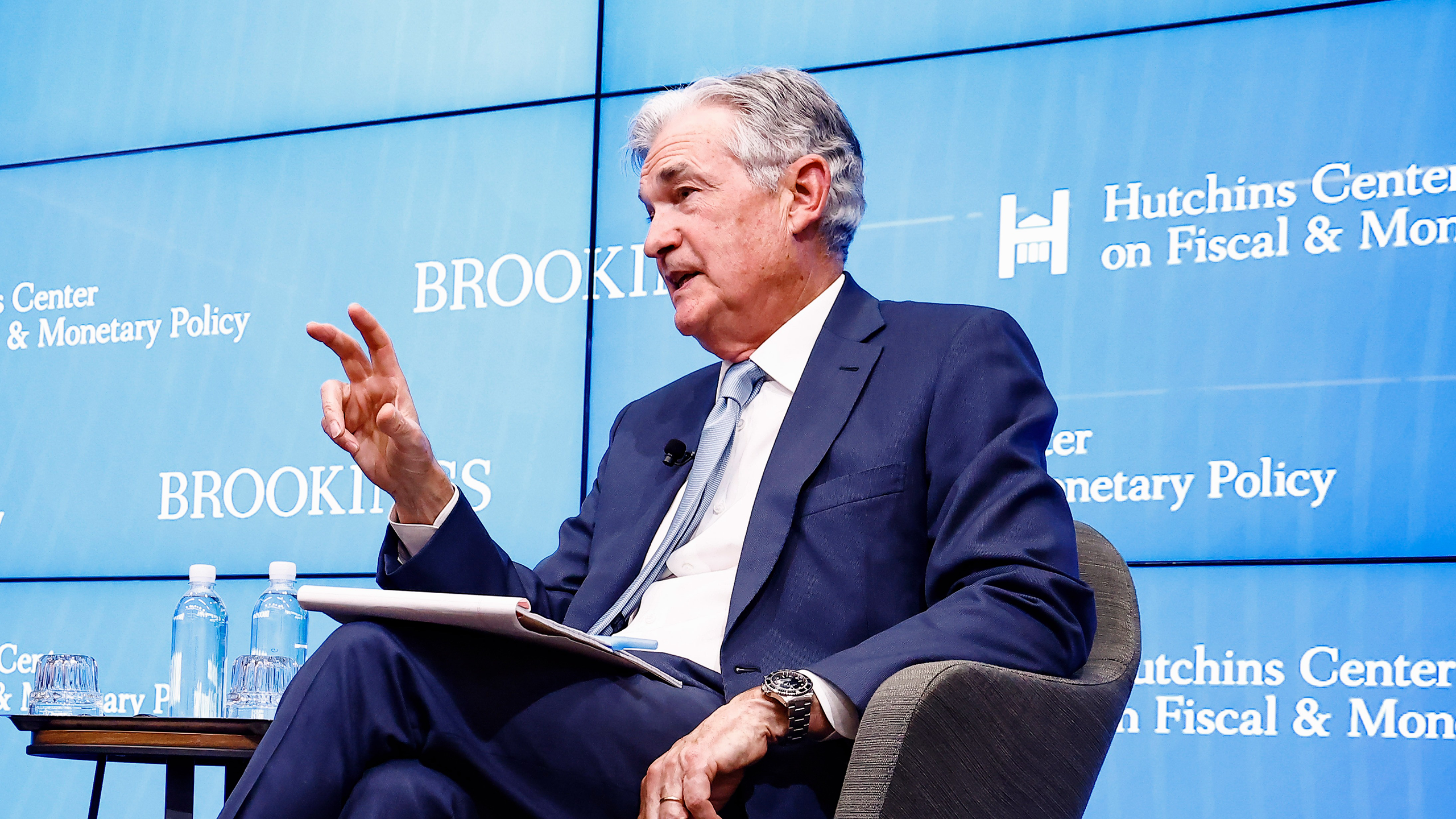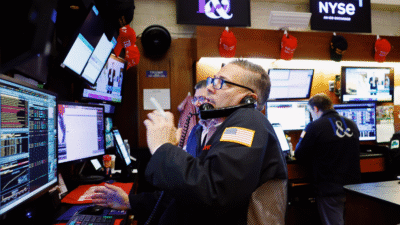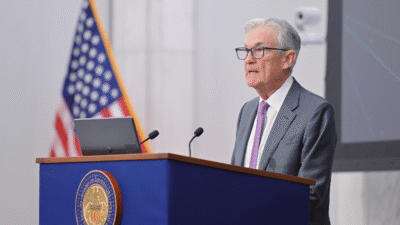Will Cooling Inflation Spur a Fed Pivot?
Inflation cooled in May. So why isn’t the Federal Reserve slashing interest rates yet like other wealthy countries have done?
Sign up for smart news, insights, and analysis on the biggest financial stories of the day.
One thing the Federal Reserve has in common with undefeated boxer Floyd Mayweather Jr.: they both believe the best offense is a good defense. We’re sure there’s another similarity, but we can’t think of it.
On Wednesday, the Fed continued its hawkish monetary policy and held interest rates at 5.25% to 5.5%, even as the Labor Department’s monthly inflation report showed noted improvement. Meanwhile, other central banks have already slashed interest rates or are about to. So what’s America’s big holdup?
How Low Can You Go?
Let’s start off with some good-ish news. Annual inflation eased to 3.3% in May from 3.4% the previous month, the Labor Department reported Wednesday. Core prices, which exclude volatile food and energy costs, rose just 0.2% for the month and 3.4% from a year ago, the lowest gains since 2021.
However modest, the cooling provided some optimism that the Fed will be able to cut interest rates later this year. According to prediction market Kalshi, the odds of no cuts fell to 24% from 33%, and the odds of two rate cuts spiked to 35% from 21% upon the CPI report. The first could come in September and the second may be doable by December. Sure, it’s not the six rate cuts we all thought were coming at the end of last year, but it’s something.
A twofer might be wishful thinking, though:
- During the Fed’s meeting Wednesday, officials forecasted only one quarter-point cut in 2024. Chair Jerome Powell didn’t seem too confident in the cuts, saying the economy would see “good, but not great” inflation data for the rest of the year.
- But in other parts of the world, the rate cut show is already on the road. The European Central Bank, the Swiss National Bank, Sweden’s Sveriges Riksbank, and the Bank of Canada have all cut interest rates this year, and the Bank of England is expected to join them in August.
Why 2% Inflation? The Fed’s obsession with inflation targets is a relatively recent phenomenon. The 2% sweetspot only gained prominence thanks to a somewhat offhand comment made by New Zealand’s former finance minister during a TV interview in the 1980s, according to a recent Council on Foreign Relations deep dive on the target’s origins. There was validity behind the number upon further study. At 2%, central banks have just enough of a buffer to not worry about entering a state of deflation where consumers are spending less, wages are lowered, workers are laid off, and the overall economy is suffering. And if a country were to approach a recession, there’s wiggle room for rate cuts at 2% inflation. So forget what Schoolhouse Rock! says — two is a magic number.












